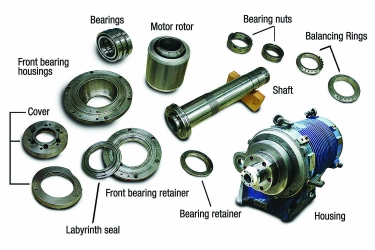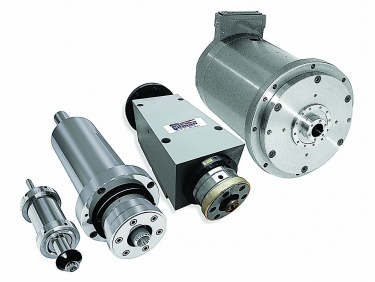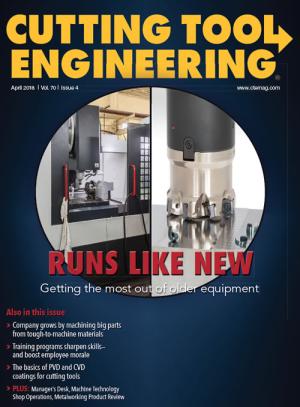Editor's Note: Based on information provided by Gilman Precision USA
Machine spindles need to be maintained regularly, based on the length and design of their operation. Normal use of any machine will cause wear and tear, and the spindle is the component that receives the majority of the wear.
To minimize wear, it is necessary for spindles to run at the correct speeds and feeds. Because of this, an effective spindle program should consider the specific operational information for individual spindles.
Companies must have a well-planned maintenance strategy to ensure their success. When a spindle breaks, a company that proactively manages its machine will reduce downtime and expenses while increasing productivity.
Specifically, a company should establish an effective spindle service program to achieve a high level of overall equipment performance. Following are four spindle service programs, each of which illustrates a different plan of action when a spindle breaks down. The programs range from a basic plan of action to a highly advanced plan.

The various parts of a machine spindle. All images: Gilman Precision USA.
1. The emergency program. This program is comparable to hitting the panic button. When an important spindle breaks, a company does whatever it takes to repair the spindle as soon as possible. No matter the expense, the company will have the spindle shipped and serviced with the highest priority.
Although immediately repairing the spindle reduces downtime, the costs add up because of the urgency, making it less practical than other programs.
2. The “first in, first out” program. This program functions as if there is no program at all. No precautions are taken, such as scheduling routine maintenance checkups.
Similar to the emergency program, if a spindle breaks, it is simply taken to be serviced. The difference here is that there is no urgency to fix it. This program may be impractical, especially if the spindle that is down is important. There is no priority put on it when being serviced, which means weeks or months can pass before the spindle is back up and running.
3. The scheduled program. Routine maintenance checkups are performed with this program. The checkups are scheduled based on previous maintenance records. This program ensures that the spindle receives enough attention to keep it in good operating condition.
However, the program does not take into consideration fluctuating hours of operation among spindles, environmental considerations or whether a spindle even needs to be serviced. The problem is that a spindle could be running fine, but time and money may be lost because of unnecessary services.

An effective spindle program accounts for all the spindles a company operates.
4. The spindle “hotel” program. A shop with this program owns two spindles that are alike. The spare acts as a replacement if the main spindle breaks. The spare is kept either on-site or at a designated repair facility.
The upside to this arrangement is that downtime remains low. The downside is that the amount of capital sitting in the hotel could outweigh the convenience of the program.
A plant’s goals are the most important consideration when selecting a program to establish. The spindle service program that is the best fit for a company should align with its machining schedule and cover all spindles.
Monitoring spindles can prevent unpredictable damage and maximize production. If you find your-self questioning what you would do if a spindle fails, it is time to implement a strategy that will optimize your overall equipment
performance.

